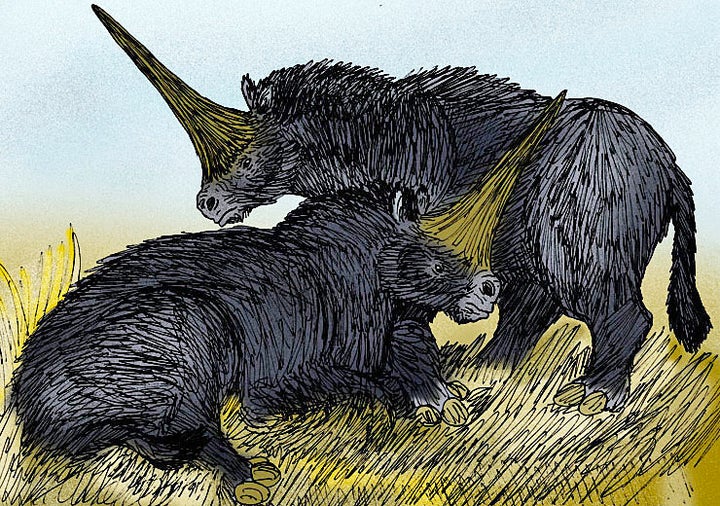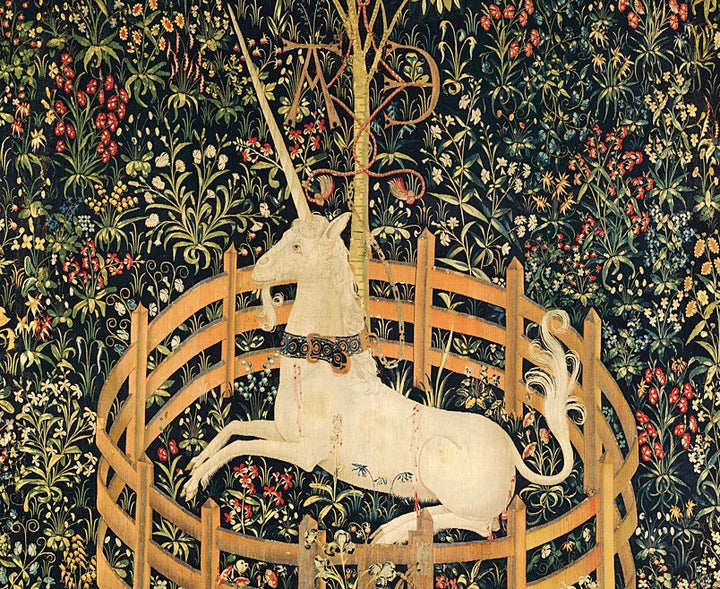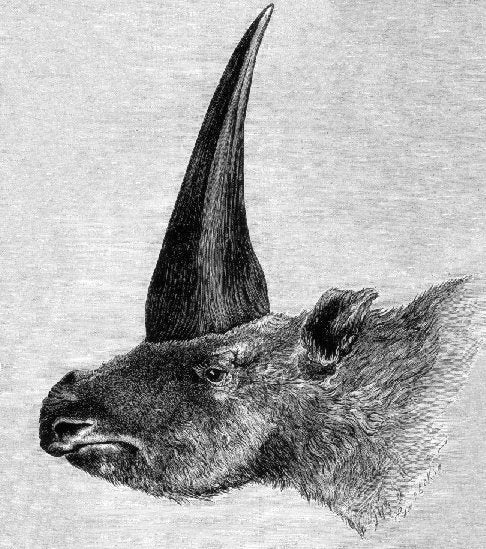
First the good news: There really once were living, breathing "unicorns" walking around on Earth -- specifically, in what is now Kazakhstan. The bad news: They weren't the cute, cuddly, magical creatures that all children (and a lot of adults) love and cherish, like the one below.

Researchers from Tomsk State University in Russia recently analyzed the well-preserved skull fossils of an Elasmotherium sibiricum, also known as the "Siberian unicorn," that was unearthed in the Pavlodar region of Kazakhstan.
Scientists previously thought the species went extinct some 350,000 years ago. But based on the new analysis and radiocarbon dating, it seems the massive horned mammals may have endured for hundreds of thousands of years longer than originally thought.

When researchers analyzed the E. sibiricum fossils, they found them to be only 29,000 years old, according to findings published in the latest issue of the American Journal of Applied Sciences.
This suggests the creature may have been around at the same time as humans, since many paleoanthropologists agree that modern humans evolved in Africa about 200,000 years ago.
(Story continues below image.)

E. sibiricum looked more like a shaggy rhinoceros than a horse. The animals are believed to have stood about six feet tall and 15 feet long, and weighed around four tons. Their horns likely were about seven feet long, according to National Geographic.
The researchers hope to further study E. sibiricum and the extinction of other massive prehistoric mammals called megafauna.

